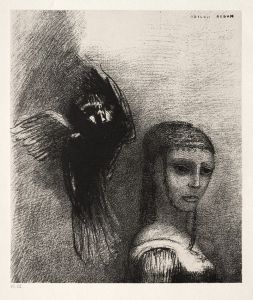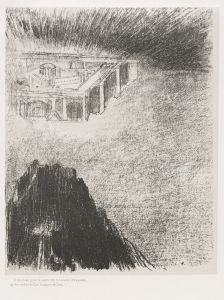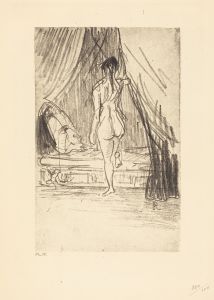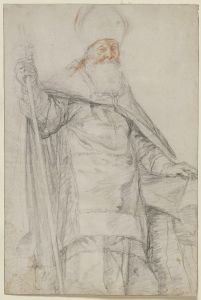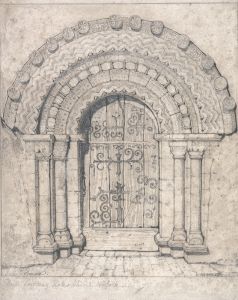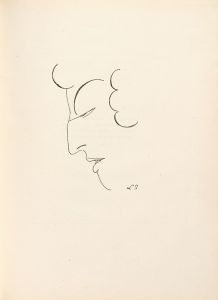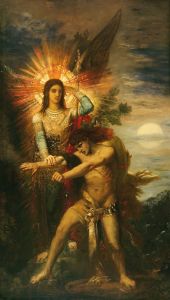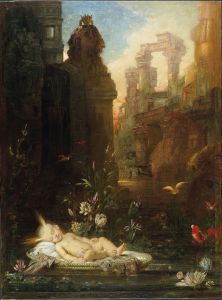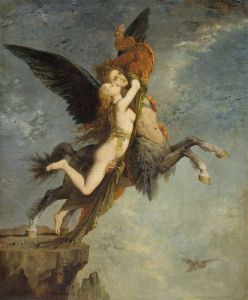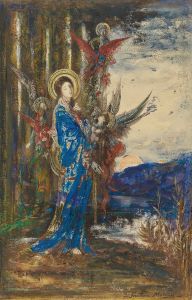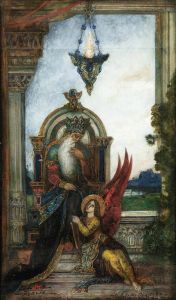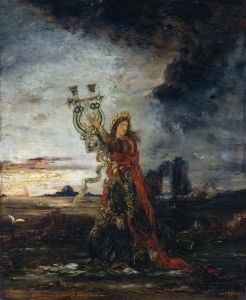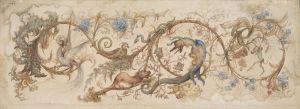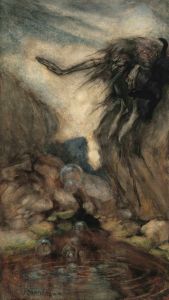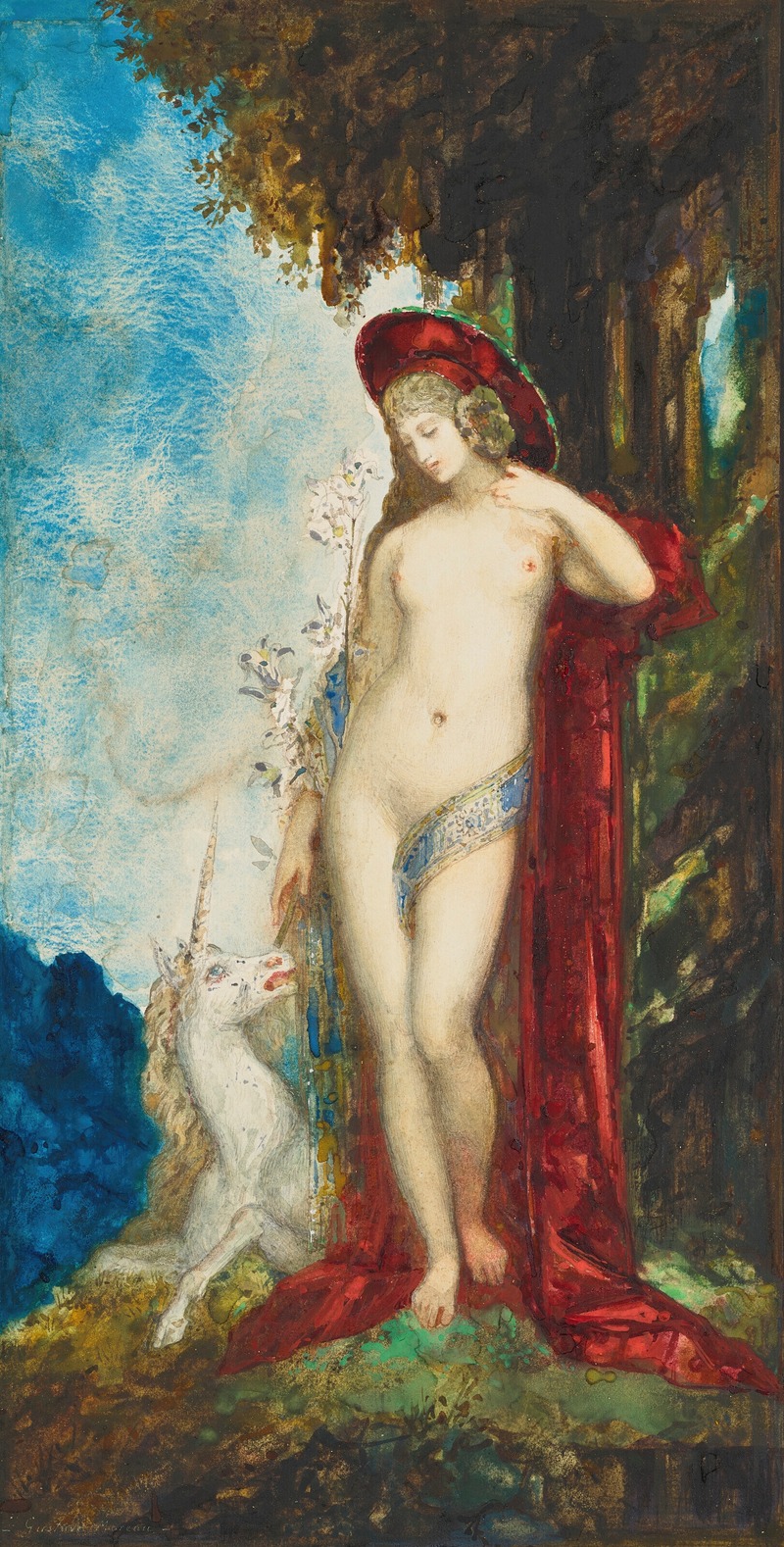
Femme et Licorne
A hand-painted replica of Gustave Moreau’s masterpiece Femme et Licorne, meticulously crafted by professional artists to capture the true essence of the original. Each piece is created with museum-quality canvas and rare mineral pigments, carefully painted by experienced artists with delicate brushstrokes and rich, layered colors to perfectly recreate the texture of the original artwork. Unlike machine-printed reproductions, this hand-painted version brings the painting to life, infused with the artist’s emotions and skill in every stroke. Whether for personal collection or home decoration, it instantly elevates the artistic atmosphere of any space.
Gustave Moreau's "Femme et Licorne" (Woman and Unicorn) is a notable work by the French Symbolist painter, known for his intricate and imaginative compositions that often draw on mythological and literary themes. Moreau, who lived from 1826 to 1898, was a prominent figure in the Symbolist movement, which sought to express ideas and emotions through symbolic imagery and themes, often with a focus on the mystical and the fantastical.
"Femme et Licorne" is a prime example of Moreau's fascination with mythological subjects and his ability to blend them with his unique artistic vision. The painting depicts a serene and enigmatic scene featuring a woman and a unicorn, both of which are common motifs in Moreau's oeuvre. The unicorn, a mythical creature often associated with purity and grace, is depicted alongside a woman, suggesting themes of innocence, beauty, and the mystical connection between humans and nature.
Moreau's style is characterized by his meticulous attention to detail and his use of rich, vibrant colors. In "Femme et Licorne," these elements are evident in the intricate patterns and textures that adorn the figures and the surrounding environment. The painting's composition is carefully balanced, with the figures positioned in a way that draws the viewer's eye across the canvas, inviting them to explore the details and symbolism embedded within the work.
The Symbolist movement, of which Moreau was a key figure, emerged in the late 19th century as a reaction against the realism and naturalism that dominated much of the art world at the time. Symbolists sought to convey deeper meanings and emotions through their art, often drawing on mythology, literature, and dreams to create works that were rich in symbolism and open to interpretation. Moreau's "Femme et Licorne" embodies these principles, offering viewers a glimpse into a world where reality and imagination intertwine.
Moreau's influence extended beyond his own work, as he was also a respected teacher at the École des Beaux-Arts in Paris. Among his students were notable artists such as Henri Matisse and Georges Rouault, who would go on to make significant contributions to modern art. Moreau's emphasis on imagination and the exploration of inner worlds left a lasting impact on these artists and the broader art community.
"Femme et Licorne" is housed in the Musée Gustave Moreau in Paris, a museum dedicated to the artist's life and work. The museum, which was once Moreau's home and studio, contains a vast collection of his paintings, drawings, and personal artifacts, providing insight into his creative process and the themes that inspired him.
In summary, Gustave Moreau's "Femme et Licorne" is a quintessential example of Symbolist art, showcasing the artist's skill in blending mythological themes with his distinctive style. The painting invites viewers to explore its rich symbolism and to reflect on the deeper meanings that lie beneath its surface, making it a lasting testament to Moreau's artistic vision and his contribution to the Symbolist movement.





